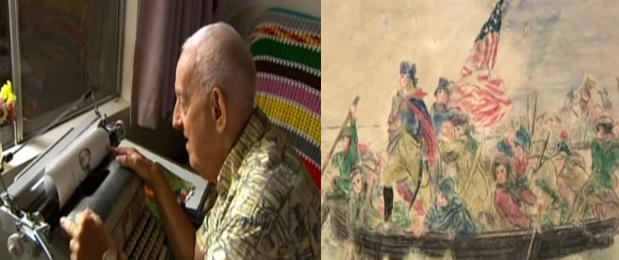Tag: creative outlet
Build your Creativity Ideas From This Way of Thinking
Imagine you could go back in time and give your 20-year-old self a bit of advice to build your creativity. Plan on investing in the creative process, coming up with new ideas, and producing good, fun work. What would you say? I’ve thought a bit about this topic lately, as I reflect on how I’ve changed from the…
